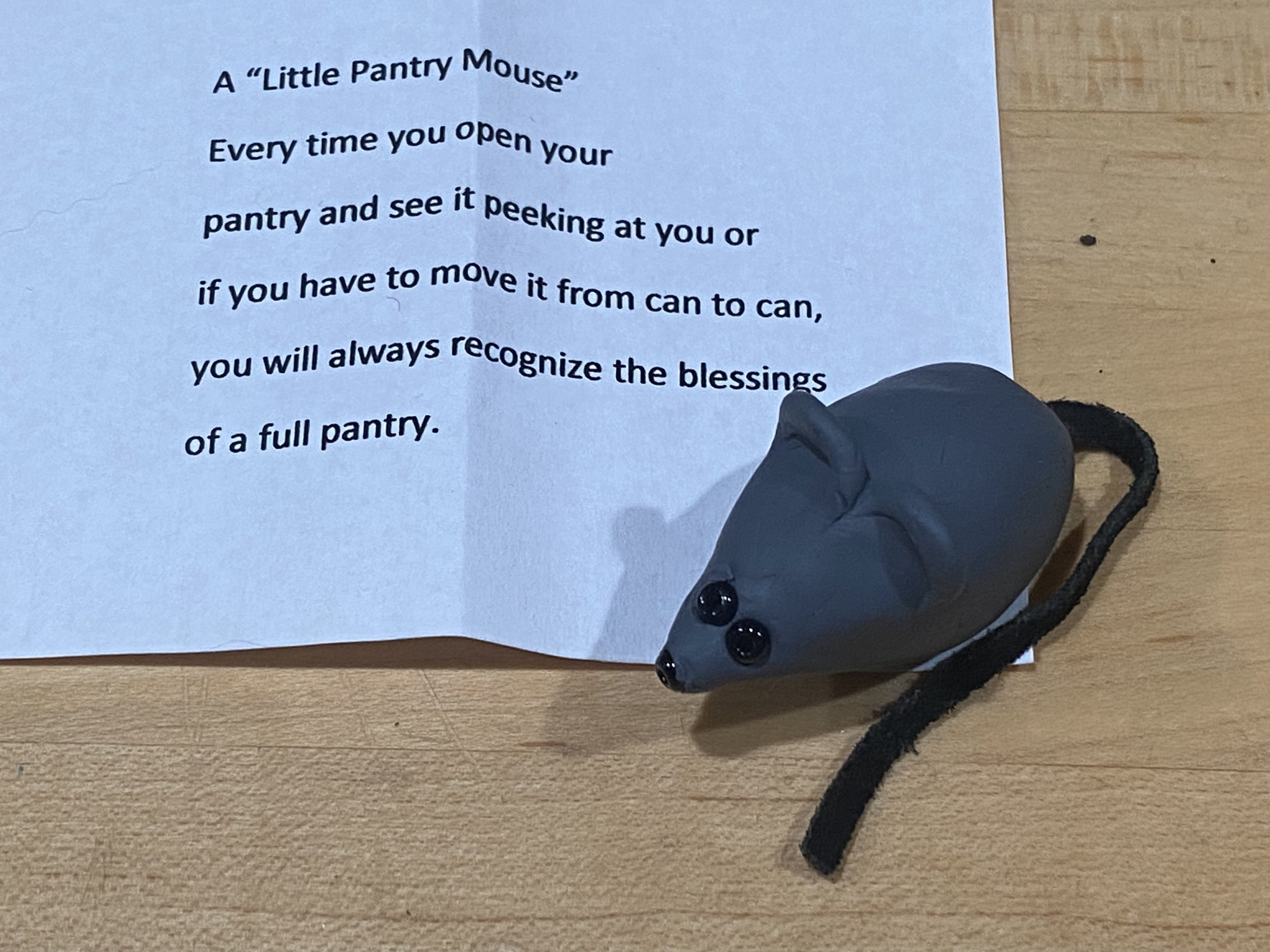February Gift Flowers
/The original African violets from which hybrids are bred. (Charlotte Ekker Wiggins photo)
February Gift Flowers
February birthdays are represented by violets or irises, flowers that suggest loyalty and faithfulness. The irony is that in USDA Hardiness zone 5, February is still winter so neither violets or iris are in bloom outside.
Inside, however, my African violets are putting on a lovely show this time of year. They get indirect light from the west in a corner of my office and remind me that violets come in many shapes and sizes.
Iris are also a personal favorite flower but they would be a better May gift flower where I live. The three upright petals of an iris bloom indicate courage, faith and wisdom, or friendship, hope and compliments.
Floriography (language of flowers) is a means of communication through the use or arrangement of flowers. Meaning has been attributed to flowers for thousands of years, and some form has been practiced in traditional cultures throughout Europe, Asia, and Africa.
Interest in floriography soared in England and the US during the 19th century. Gifts of blooms, plants, and specific floral arrangements were used to send a coded message to the recipient, allowing the sender to express feelings which could not be spoken aloud in Victorian society.
Armed with floral dictionaries, Victorians often exchanged small "talking bouquets", called nosegays or tussie mussies, which could be worn or carried as a fashion accessory. The Victorians in the 1800s went to great lengths to send messages through flowers. Their “language of flowers” was used by many suitors to court. The vestiges of those days celebrating secret messages in botanicals remain today in the monthly gift flowers.













